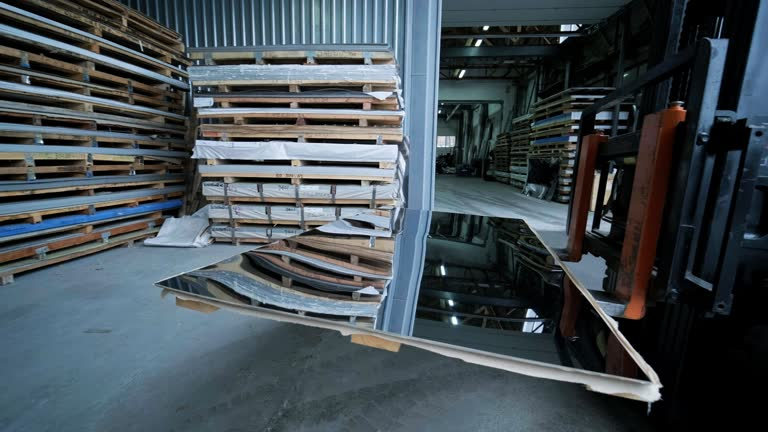
The Standards of Quality Stainless Steel: Understanding Flatness, Tolerances, and Surface Grades
- Views:0
- Author:
- Publish Time:2025-11-17
- Origin:
When selecting stainless steel sheets for your projects, quality is paramount. But what defines quality stainless steel? Understanding the key factors—flatness, thickness tolerances, and surface grades—can help you make an informed choice that meets your specific needs. Let’s explore these hallmarks in detail and how they contribute to the overall performance of stainless steel sheets.

Flatness: The Foundation of Quality
1. Importance of Flatness
Precision in Applications: Flatness is critical for ensuring that stainless steel sheets fit together seamlessly in various applications. Whether for architectural design or industrial use, a flat surface is essential for precision and aesthetics.
Impact on Fabrication: Uneven sheets can lead to complications during cutting, welding, and machining, ultimately affecting the quality of the final product.
2. Measuring Flatness
Standard Measurements: Flatness is typically measured using specific standards that define allowable deviations from a perfectly flat surface. Understanding these standards can ensure you receive sheets that meet your project requirements.
Visual Inspection vs. Technical Assessment: While a simple visual check can indicate some imperfections, professional assessments are crucial for confirming flatness tolerances that affect functionality.
Thickness Tolerances: Ensuring Consistency
1. Why Thickness Matters
Strength and Durability: The thickness of stainless steel sheets directly impacts their strength and durability. Consistent thickness across sheets ensures reliability in structural applications where strength is essential.
Compatibility with Components: When integrating stainless steel sheets with other materials or components, uniform thickness is vital to avoid complications during installation and operation.
2. Understanding Tolerances
Industry Standards: Familiarizing yourself with industry-standard tolerances for thickness can help you assess the quality of the stainless steel sheets. Always choose suppliers who adhere to precise thickness tolerances to guarantee optimal performance.
Custom Solutions: If your project requires specific thickness tolerances, look for suppliers that can offer customized options, providing you with the right material for your needs.
Surface Grades: Enhancing Performance and Aesthetics
1. The Role of Surface Grades
Functional Benefits: Different surface grades of stainless steel have unique characteristics that can enhance corrosion resistance, cleanability, and overall performance. Understanding these grades helps in selecting the right material for your specific application.
Aesthetic Appeal: Surface finishes also contribute to the visual appeal of your products. Higher surface grades provide a more polished look, making them ideal for visible applications, such as architecture and consumer goods.
2. Choosing the Right Surface Grade
Common Grades Explained: Familiarize yourself with common surface grades, such as 2B, BA, and polished finishes. Each has its applications and benefits, catering to various needs across industries.
Consulting Experts: When in doubt, consult with material experts to ensure you choose the surface grade that aligns best with your functional and aesthetic requirements.
Invest in Quality Stainless Steel Sheets
Elevating your projects begins with selecting high-quality stainless steel sheets. By understanding flatness, thickness tolerances, and surface grades, you can make informed decisions that ensure durability, aesthetics, and functionality.
Visit [hcadto.com] or contact us at winnie@hcadto.com to discover how our products can elevate your projects with quality and precision.















